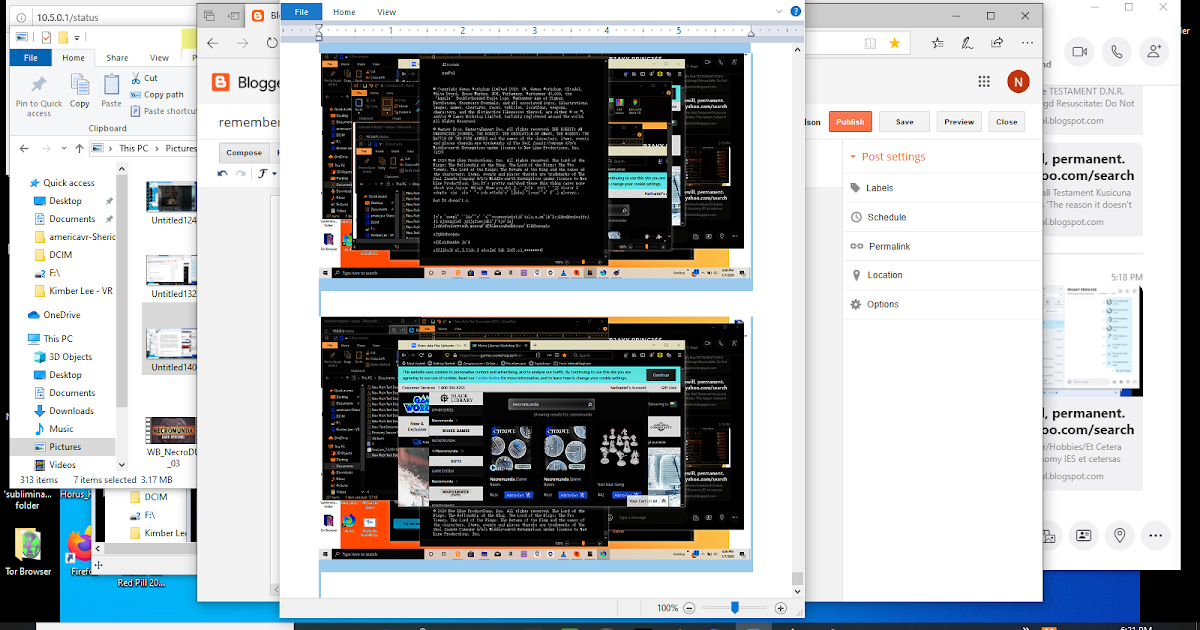There are several options for installing Git on macOS. Note that any non-source distributions are provided by third parties, and may not be up to date with the latest source release.
ACME protocol client for obtaining certificates using Let's Encrypt (or other ACME compliant CA) Posh-ACME An ACME (RFC 8555) client implemented as a PowerShell module that enables you to generate publicly trusted SSL/TLS certificates from an ACME capable certificate authority such as Let's Encrypt. I recently learned how to use the Java javapackager command to build a macOS application bundle — i.e., a regular macOS application — from a Java application. In this tutorial I’ll show how to create a Mac application bundle from a simple Java class, in this case a Java Swing class. This is the best way to configure IPsec IKEv2 on pfSense for security and efficiency with Windows 10 and macOS client support. Note that some of these may depend on your specific configuration; these settings are for mobile client VPN connections without machine authentication. That's why emacsclient lets you run Emacs as a daemon and connect to it as a client, negating the startup time and letting you jump directly into editing. The two primary ways of getting Emacs onto your Mac are by either downloading it from Emacs For MacOS X or by installing it through homebrew using brew cask install emacs.
Homebrew
Install homebrew if you don't already have it, then:$ brew install git
Xcode
Apple ships a binary package of Git with Xcode.
Binary installer
Tim Harper provides an installer for Git. The latest version is 2.32.0, which was released 22 days ago, on 2021-07-21.
Building from Source
If you prefer to build from source, you can find tarballs on kernel.org. The latest version is 2.32.0.
Installing git-gui
Homebrew-Cask

Acme Client For Macos X
If you would like to install git-gui and gitk, git's commit GUI and interactive history browser, you can do so using homebrew$ brew install git-gui